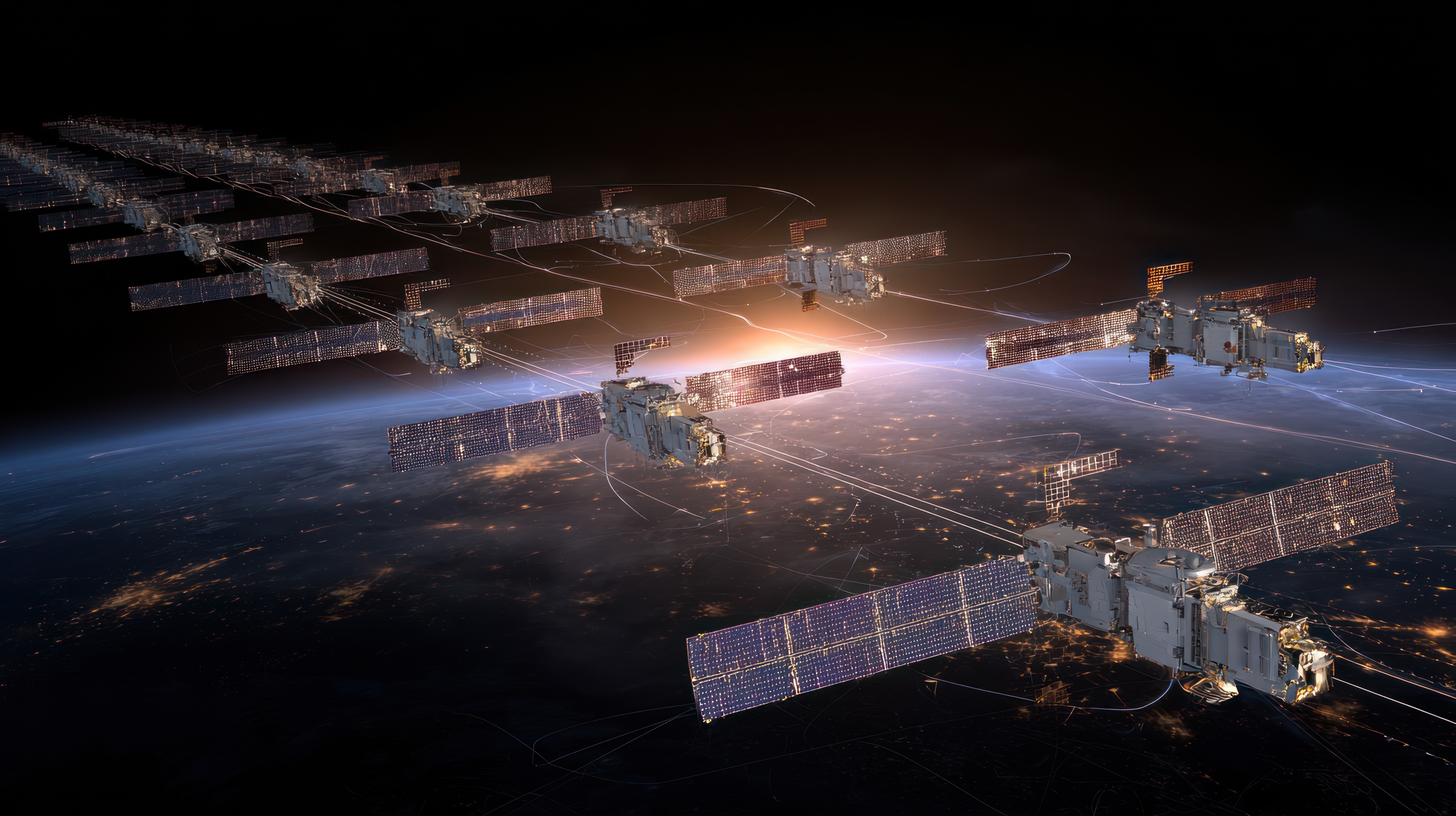A Mission Planning System (MPS) is at the core of every space mission. It ensures that spacecraft activities; ranging from scientific observations to data transmissions are executed efficiently within the limits of available power, data bandwidth, and onboard memory.
In simple terms, mission planning balances two competing demands: what the mission team wants to achieve, and what the spacecraft and its supporting ground systems can realistically deliver.
As missions grow more complex, involving multiple payloads, orbital maneuvers, and time-critical coordination with ground stations, this balance becomes increasingly fragile. A single error in scheduling or constraint management can cascade into costly data loss, missed opportunities, or even mission failure.
Why Generic Mission Planning Software Matters
Traditionally, each mission requires a custom-built MPS tailored to its specific constraints, instruments, and interfaces. While effective, this approach is slow, costly, and difficult to maintain across growing mission portfolios.
A generic and modular mission planning software framework, on the other hand, introduces reusability and scalability—allowing mission teams to adapt the same software core to vastly different operational profiles.
Such a system can accommodate a wide spectrum of missions, from deep-space probes and lunar orbiters to Earth-observation satellites and scientific payloads, by adjusting configuration parameters such as battery capacity, data rates, or observation windows.
How the System Works
A generic MPS ingests mission objectives—such as payload operation requests, spacecraft maneuvers, or data downlink opportunities—and checks them against operational constraints. These include spacecraft power budgets, onboard memory, communication windows, and environmental safety parameters.
Using advanced optimization and conflict-resolution algorithms, the software automatically schedules feasible activity timelines and generates executable command sequences. It also creates planning products for auxiliary systems and external partners, ensuring synchronized operations across the entire mission architecture.
When integrated with digital twin environments, this planning process can be simulated and stress-tested before actual execution, allowing mission planners to assess performance, anticipate resource conflicts, and evaluate risk under multiple “what-if” scenarios.
Simulation and Digital Twins: The Next Frontier
As space operations scale in both number and complexity, advanced simulation and digital twin technologies have become indispensable. A digital twin—a virtual replica of the spacecraft, its systems, and operational environment—allows planners to visualize how different strategies play out under real-world constraints.
By linking the MPS with a digital twin, planners can:
- Predict conflicts between simultaneous payload operations.
- Optimize power and thermal management in real time.
- Validate safety margins during orbital maneuvers.
- Improve responsiveness to unexpected conditions such as solar storms or communication dropouts.
This fusion of mission planning, optimization, and simulation creates a resilient operational backbone capable of supporting continuous mission adaptation—essential in today’s dynamic space environment.
Benefits of a Shared and Scalable Framework
A shared MPS framework offers substantial advantages across organizations and mission portfolios:
- Reduced Development Cost: Eliminates the need to rebuild mission-specific tools from scratch.
- Operational Efficiency: Streamlines scheduling and command generation, reducing human workload and error.
- Simplified Maintenance: Centralized updates and version control reduce software fragmentation.
- Scalability: Enables simultaneous operation of multiple spacecraft with minimal incremental overhead.
As mission data volumes surge and timelines tighten, the ability to reuse, customize, and scale planning tools has become a strategic enabler for future space programs.
Advanced Mission Planning Is a Necessity - Not a Choice
Space operations today are defined by precision, speed, and adaptability. As spacecraft become more autonomous and operate in congested orbital regimes, the traditional, manually intensive approach to mission planning is no longer sustainable.
Ignoring the shift toward automated, simulation-driven, and generic mission planning systems risk operational bottlenecks, delayed responses, and escalating mission costs. A flexible MPS architecture—augmented by digital twin simulation—ensures that missions remain agile, safe, and scientifically productive, even as the complexity of space exploration continues to grow.
FAQs
1. What is a Generic Mission Planning System (MPS)?
A generic MPS is a flexible software framework that supports multiple mission types using shared planning, scheduling, and optimization modules.
2. How does a generic MPS differ from traditional mission planning tools?
Unlike custom-built systems, a generic MPS is modular and reusable—cutting development costs and enabling faster adaptation for new missions.
3. What role does simulation play in mission planning?
Simulation and digital twins allow teams to test plans virtually, identify potential conflicts, and fine-tune spacecraft operations before execution.
4. Can a generic MPS handle multi-satellite or deep-space missions?
Yes. Its configurable core supports diverse missions—from low-Earth orbit satellites to deep-space probes—through adaptable parameters.
5. Why is scalability crucial for future space operations?
As mission portfolios grow, scalable planning systems ensure efficiency, coordination, and faster deployment without compromising reliability.





.png)
.png)




.svg)
.svg)
.svg)
.svg)